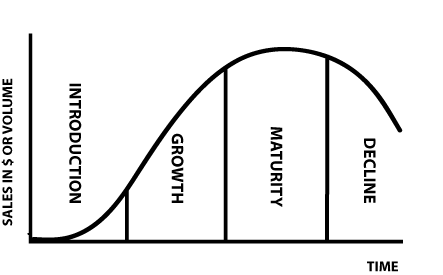Have you heard the phrase “we live in interesting times” uttered lately? I have—and more often than I’d like. Technology is moving so fast these days that it’s very difficult for most of us to stay with it. In our everyday lives, most of us use only a small percentage of the technology that’s available to us, and yet we keep pushing manufacturers to do more with less, make things smaller, more intelligent, etc. It’s as if we don’t realize that we fail to use much of what we already have available. We always want newer, brighter, faster and shinier.
A brief snapshot:
- Google now has a driverless car. Some Ford models can parallel park without assistance from the driver.
- A typical sedan now has a minimum of 6 air bags.
- A standard offering from a satellite company offers 200 or so channels. Complete packages deliver 4 to 5 times that.
- Standard television sets connect to the web and do so wirelessly.
Secure check printing struggles to keep up with printer technology (the resolution continues to rise on both). - Digital x-rays are no longer cutting edge.
- The camera-phone combo is now more than 20 years old
- A full-length hi-definition movie can be streamed in less time than it takes to make microwave popcorn.
- Standard incandescent light bulbs won’t be around much longer—they’ve already been banned in some parts of Europe for more than three years, due to their inherent energy inefficiency.
While the tidbits listed above are all good things, the fact that most items are designed and manufactured to last only for a particular life-cycle might disappoint some of us.
As new models replace old models, and parts to repair the ones currently in service often become scarce, we sometimes find ourselves in a bit of a pickle. On one hand, we want things we buy to last as long as we plan on keeping them, and yet we generally don’t want to pay higher prices to make them last longer. We also expect those things to work properly during their entire life cycle. That equation means that we must remain aware of those life expectancies, and replace things at the right time.
If we’re willing to pay higher prices, and are able to resist the urge to buy the newest, shiniest gear on the day it’s released, the current paradigm might shift. But—don’t hold your breath—new technology almost always wins, primarily because of the efficiency it offers. Product lifecycles continue to shrink because of technology.
As a packaging machinery OEM, Filamatic is aware of these struggles; we work very hard to design and build modular equipment that is robust, long-lasting, and lends itself to upgrades such that new technology can be incorporated as it evolves. We want our customers to get the most out of the solutions we provide, and we work with that goal in mind as we go about our daily business.
Written by Chief Electrical Engineer Jack Chopper
Find him on Twitter: @JackChopper

